Nestled in the northeastern region of the United Arab Emirates, the Hajar Mountains stand as a rugged bastion of natural beauty and historical significance. Spanning across the eastern part of the Arabian Peninsula and extending into Oman, this mountain range offers a stark contrast to the surrounding desert landscapes. Characterized by dramatic cliffs, deep gorges, and rocky plateaus, the Hajar Mountains not only provide a stunning visual spectacle but also serve as an ecological and cultural treasure for the nation of United Arab Emirates.
The history of the Hajar Mountains dates back thousands of years, with evidence of early human habitation found in archaeological sites across the region. Ancient civilizations used these mountains as both a refuge and a resource, taking advantage of the natural springs, fertile valleys, and strategic elevations for settlement and defense. Rock carvings and petroglyphs, some of which are over 2,000 years old, depict scenes of daily life, hunting, and spiritual symbols, offering a glimpse into the past civilizations that once thrived in this rugged terrain.
Additionally, the Hajar Mountains played a crucial role in regional trade routes. The area was a key part of the Frankincense Trail, which linked the Arabian Peninsula with Levant and Mediterranean regions. The rich copper deposits found in the mountains also contributed to ancient trade networks, with evidence of copper mining dating back to the Bronze Age. Even today, local communities maintain a deep cultural connection to the mountains, with traditional mountain villages and agricultural practices still visible in some areas.
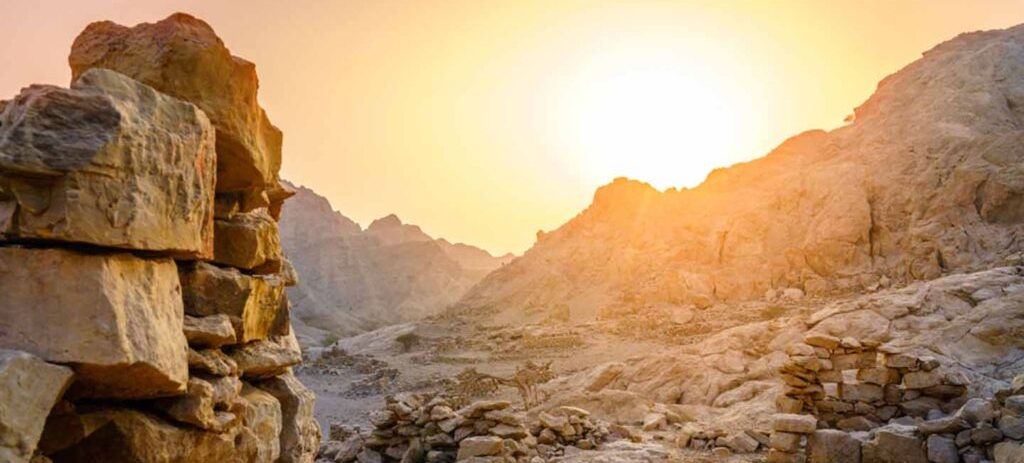
The Hajar Mountain range is home to some of the UAE’s most iconic peaks and destinations, making it a hotspot for tourism, adventure, and cultural exploration.
At 1,934 meters (6,345 feet) above sea level, Jebel Jais is the tallest mountain in UAE, located in the emirate of Ras Al Khaimah. It is one of the country’s most popular tourist destinations, known for its stunning landscapes, cool temperatures, and outdoor activities. The mountain is home to the Jebel Jais Flight, the world’s longest zipline, spanning 2.83 kilometers at speeds of up to 160 km/h, offering thrill-seekers an adrenaline-pumping experience. Visitors can also enjoy hiking trails, camping spots, and scenic driving routes that provide breathtaking views of the rugged mountain terrain.
Another remarkable peak in the Hajar Mountains is Jebel Hafeet, standing at 1,249 meters (4,098 feet) near the Garden City of Al Ain. This limestone mountain is famous for its winding mountain road, considered one of the best driving routes in the world due to its sharp twists and stunning panoramic views. At the summit, visitors can enjoy sunset and sunrise views over the city of Al Ain and the surrounding desert.
Jebel Hafeet is also historically significant, as it is home to the Jebel Hafeet Tombs, an archaeological site dating back over 5,000 years to the early Bronze Age. These ancient burial tombs provide insight into the region’s prehistoric past and are a UNESCO World Heritage Site.
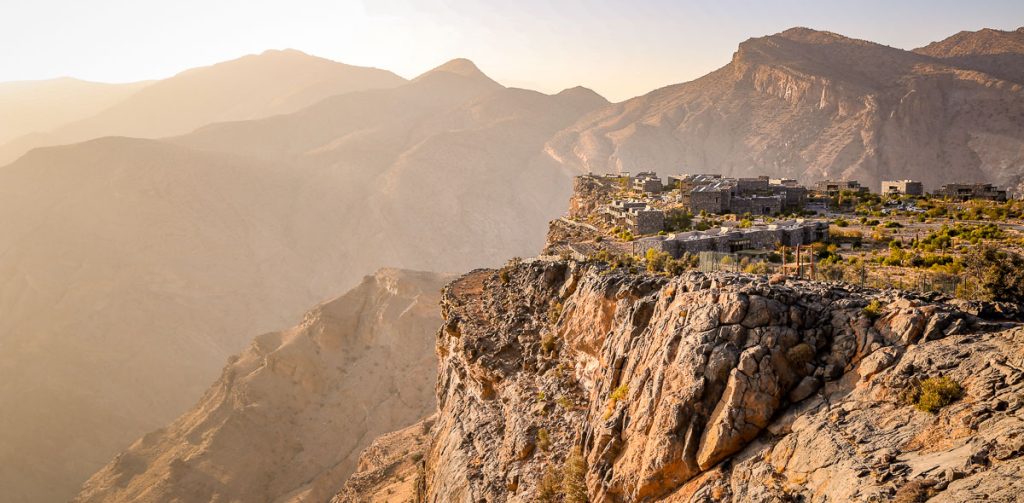
The Hajar Mountains are known for their wadis (dry riverbeds that fill with water during rainfall) and dams, which provide essential water resources to the surrounding regions. These natural and man-made water sources create stunning landscapes and serve as recreational spots for visitors.
Several dams have been built in the Hajar Mountains to manage water resources, prevent flooding, and support agriculture. Among the most notable are:
The wadis of the Hajar Mountains attract nature lovers, hikers, and adventure seekers looking to explore the UAE’s rugged beauty. Some of the most famous include:
The Hajar Mountains have become a major hub for outdoor activities and ecotourism, offering adventure enthusiasts a wide range of experiences:
The Hajar Mountains are a must-visit destination for anyone exploring the UAE. Whether you are seeking breathtaking landscapes, historical sites, or thrilling outdoor activities, this mountain range offers something for everyone. From the towering Jebel Jais to the ancient Jebel Hafeet tombs, and from the serene Hatta Dam to the adventurous wadis, the Hajar Mountains are an incredible blend of natural beauty and rich heritage.
For those looking to escape the bustling cities of Dubai and Abu Dhabi, a trip to the Hajar Mountains provides the perfect retreat into nature. Whether you’re an adventure seeker, a history buff, or a nature lover, the Hajar Mountains offer an unforgettable experience in the heart of the UAE’s wild landscapes.
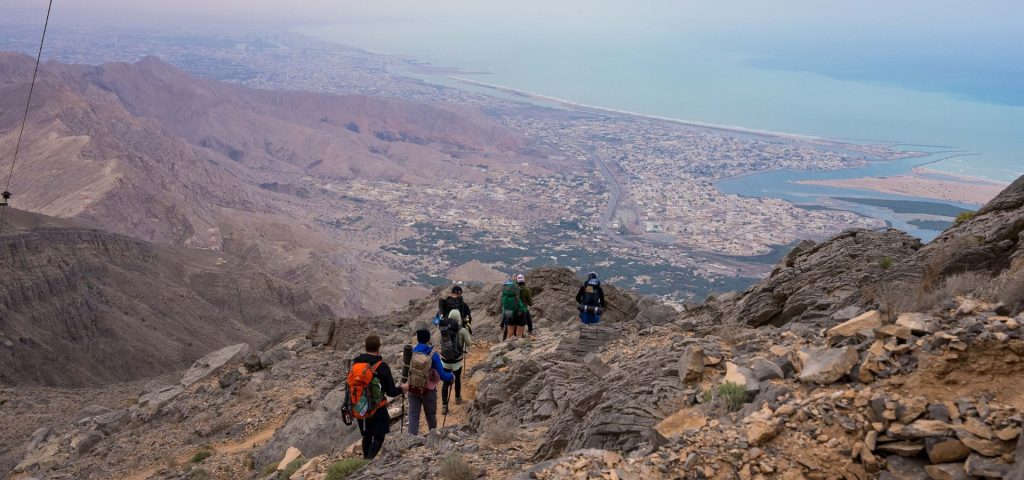
Ready to explore the wonders of the Hajar Mountains? Plan your trip today and immerse yourself in the natural and cultural beauty of one of the UAE’s most breathtaking landscapes. Whether it’s a thrilling zipline adventure on Jebel Jais, a scenic drive up Jebel Hafeet, or a peaceful kayaking trip on Hatta Dam, the Hajar Mountains promise an experience like no other!
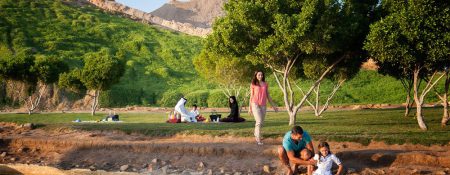
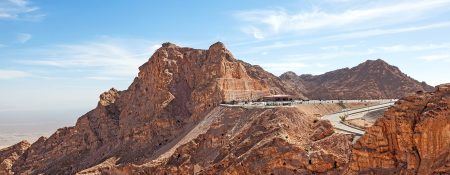

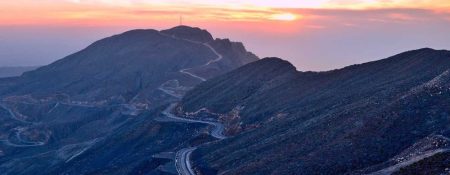
The UAE’s rich history is rooted in trade and tied to Islam. Its unique location between Europe and the Far East became the crucial factor in it's growth into the world's largest trading hubs. Throughout the ages, these lands had attracted merchants from India and China, and were prized by Europeans, in particular the Portuguese, the Dutch and the British.
After the discovery of oil and the formation of the Emirates, the wise rulers began the rapid development of the country's economy, shaping it into what it is today. Though small in size, the UAE quickly became an important player in regional and international affairs.
Although it's growth and development, UAE heritage have not been forgotten - on the contrary, is still well-respected among the nationals. History and culture of local people can be felt in the legendary hospitality of local hotels, architecture of modern skyscrapers and openness and kindness in living among the multinational community.
Here you can read various articles about UAE heritage, history and culture, and better understand, why this country's development became such a success throughout the years.